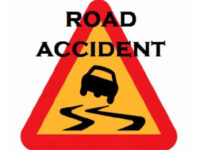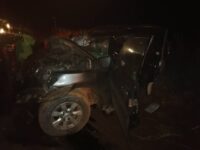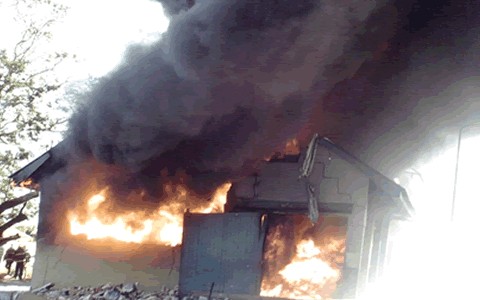 The National Road Safety Commission (NRSC) has constituted a team of professionals to investigate the fatal Metro Mass Bus accident that claimed 61 lives on the Kintampo-Tamale stretch in the Brong Ahafo Region.
The National Road Safety Commission (NRSC) has constituted a team of professionals to investigate the fatal Metro Mass Bus accident that claimed 61 lives on the Kintampo-Tamale stretch in the Brong Ahafo Region.
This is in accordance with the standard practice of the Commission to set up an investigative team any time there is a vehicular crash resulting in up to five deaths.
The team is multi-disciplinary in nature comprising of engineers, police, lawyers, doctors and civil society representatives.
Speaking to Citi News, the Head of Communications at the Commission, Kwame Atuahene, expressed the belief that the findings of the team will support efforts aimed at preventing such accidents in the future.
“A team has been constituted to try to understand exactly what happened from a systemic point of view. It is a multi-disciplinary team consistent with our practice over time. Each time an accident occurs and leads to five or more deaths, the commission will try to reconstruct the incident to actually understand what occurred,” he explained.
Mr. Atuahene further noted that the investigations will be geared towards addressing systemic failings and propose recommendations unlike a conventional police investigation.
“… But this will try to identify systemic gaps and make recommendations on how they should be addressed,” he stated.
Initial investigations suggests reckless driving on the part of the MMT Bus driver may have caused the accident.
According to the Brong Ahafo Regional Police Command, the driver of the bus had attempted overtaking at a sharp curve.
So far, almost all the bodies of the 61 dead persons, have been identified by their family members at the Kintampo mortuary.
There are also suggestions that the large death toll from the accident may have been reduced if there had been a working ambulance available at the Kintampo Municipal hospital, which was the closest to the incident.
However, with the only ambulance available at the hospital “out of commission,” ambulances had to be deployed to the scene from farther areas in the region resulting in the late arrival of emergency teams.
This situation led to the revelation that there are only 165 ambulances to cater for the over 25 million citizens in the country, far below the internationally accepted ratio of 25,000 people to one ambulance.





